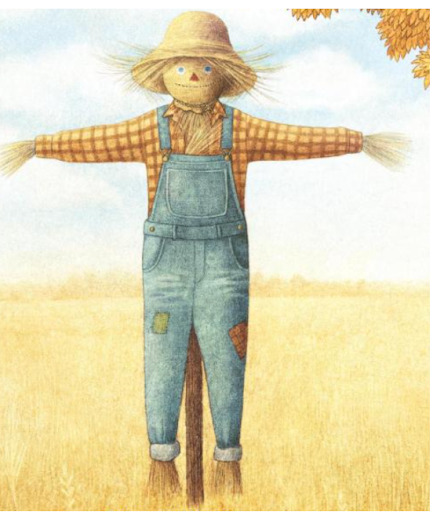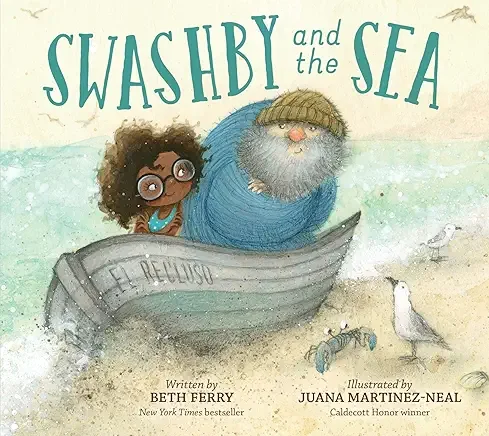Lift the Level of a K-2 Lesson Plan to Grades 3-5
Are you a Grades 3-5 teacher looking over a book lesson and thinking, “These words are too easy for my kids”? You are probably correct. When JOYcabulary first began, our vocabulary lessons were designed primarily for Grades PK-2. However, that does not mean upper elementary teachers should avoid the books and lesson plans in our collection. The key is to adjust the word choice and raise the complexity.
Raising the level of vocabulary is actually a simple shift. Instead of selecting vocabulary words from the book, we select vocabulary words that are about the book. These words describe characters, motivations, relationships, tone, or emotional shifts. They expand students’ descriptive range and align well with character study work often emphasized in Grades 3-5.
Example: The Scarecrow by Beth Ferry
In one third grade classroom, the reading unit focused on character work, specifically helping students distinguish between character feelings and character traits. The instructional goal was to encourage students to use more precise language to describe characters, moving beyond generic words like mad, sad, or glad.
The original K-2 aligned vocabulary list for The Scarecrow included words such as guard, enter, tuck, mend, soar, sag, and gratitude. These are appropriate for younger students, but older learners are ready to stretch.
Here are the revised Grade 3-5 vocabulary words taught during the read aloud:
formidable
fearsome
timid
skittish
abandoned
unafraid
considerate
compassionate
content
After reading, students used a T-chart to sort these words according to which character they described and explained their choices using text evidence. This supported deeper comprehension and strengthened students’ ability to justify character inferences.
The Scarecrow
Formidable
Fearsome
Abandoned
Considerate
Compassionate
Content
Grateful
Unafraid
Nestled
‘Spruce Up’
Reciprocate
Why This Works
Choosing words about the characters, rather than just the words printed in the text, pushes students toward:
More precise language
Stronger character interpretation
Evidence-based discussion
Vocabulary growth connected to meaning and context
Try it Yourself
This same approach works with many narrative texts, including Swashby and the Sea and others in our collection.
Just a few minutes of intentional word selection lifts the entire lesson. The result is more sophisticated thinking and richer conversation, without needing to change the book.
The Takeaway
You do not need new books or new materials. You just need to lift the language.
Choosing vocabulary that is about the book rather than from the book:
raises the rigor
strengthens character analysis
encourages precise language
and supports deeper comprehension
A small shift leads to a big lift in thinking.







